
We met Ambar in the community of Devgarh. We saw how she walked two kilometers to fetch water. She has to make this journey four or five times a day to be able to take care of her household’s needs. She is used to the journey as it is part of her daily routine. This scene plays out every day in many areas of India. In addition to the risks that the journey entails for women, it keeps them busy for much of the day. This means they cannot take good care of their families, and it keeps them from training and insertion into the working world. Children also participate in this arduous task, which leads to absenteeism from school and illiteracy.
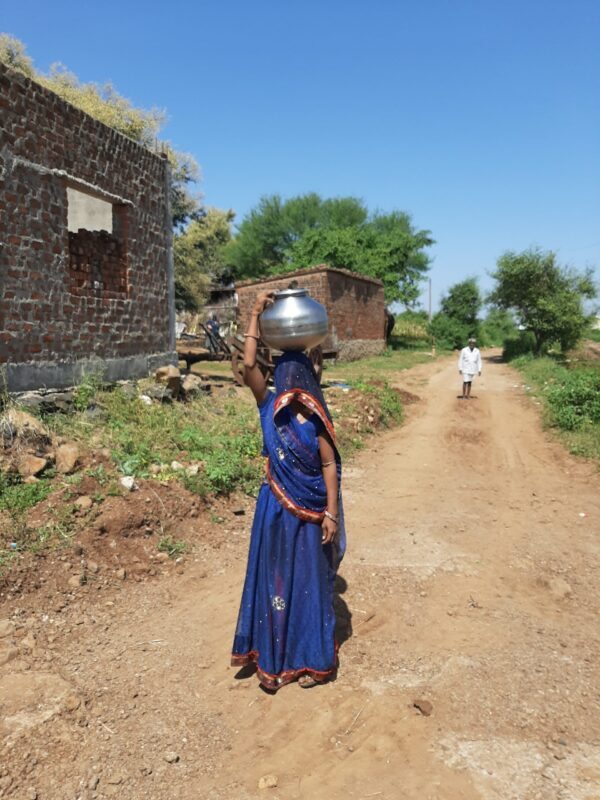
In India, water scarcity, contaminated water, and lack of hygiene cause diarrhea that often leads to dehydration, and it promotes the transmission of several serious diseases such as cholera.
Social Infrastructure
The importance of developing CSR projects that also contribute to achieve the different SDGs is practically essential for a company. This is the case with the Social Infrastructure programme carried out in India. I have been lucky enough to be part of this program within the framework of corporate volunteering. The project is based on providing sanitation and water supply infrastructure to the province of Rajasthan, one of the poorest areas of India.
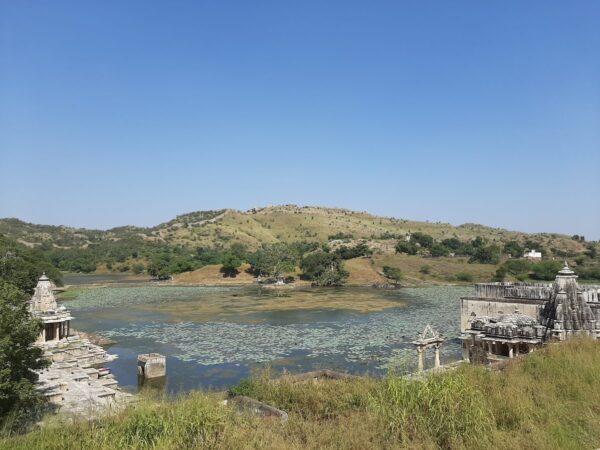
This project is aligned with SDG 6 (United Nations sustainable development goal: ensure availability and sustainable management of water and sanitation). An essential factor to help increase life expectancy is separating drinking water from wastewater. By building sanitation infrastructure, communities (and, in turn, economies) can thrive, free from the burden of water-borne diseases; it also reduces child mortality.
In addition to contributing financially to the project’s achievement through an NGO, Ferrovial puts the company’s technical staff at their disposal; this way, they can put their knowledge and experience to work on improving the technical aspects that the NGO’s local teams consider need to be reinforced. I have accompanied three expert engineers from Ferrovial on visits to the different communities where they are working. I have seen what work in the field is like and learned many things from them: everything from basic concepts, such as the difference between a water treatment plant and a sewage treatment plant, to more technical aspects.
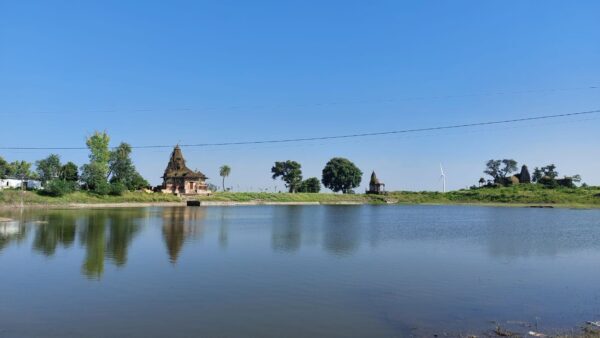
I have worked in the central offices for many years, and it has been tremendously enriching for me to spend two weeks with business technicians, getting to know what their work is like, what projects they have in different countries, and how the activities in our Annual Report materialize in practice.
Water as the engine of progress
India is home to one-third of the poorest population in the world. Its population is growing, with almost 1,400,000 inhabitants currently; its population is larger than that of the African continent, and it is expected to surpass China’s soon. More than 75% of India’s population (about 828 million people) lives on less than two dollars a day, and life expectancy is less than 70.
In this context, the objective of the project that Ferrovial is developing in collaboration with World Vision is to improve water access and quality in ten communities in the Pratapgarh area (Rajasthan) for more than 13,000 beneficiaries. During our stay, we visited these communities, and Ferrovial’s employees provided advice on the most effective measures, such as pond deepening, installment of water kiosks, tree plantation and grey water management.
In addition, to make this task easier for the most disadvantaged families, we distributed 600 hand-cranked water wheels. This way, women can take 45 liters in one go instead of carrying 15 liters of water five times a day. This reduces the number of trips to one or two per day, as well as reducing physical effort. Furthermore, children now contribute more since they weigh little: they see it as a fun game. The water wheels have already been delivered to the ten communities, with a special emphasis on families with individuals with disabilities, pregnant people, and/or children under 5.
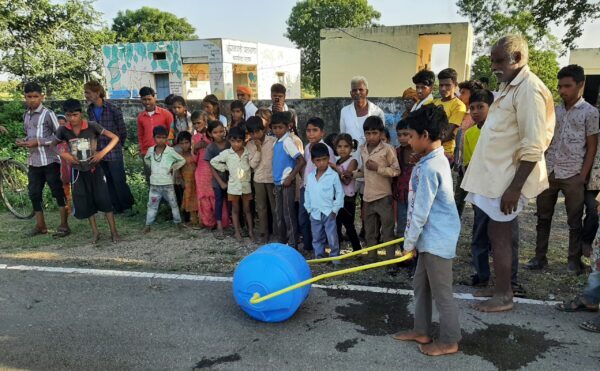
A lasting impact
With this initiative, it is estimated that 13,000 people in Rajasthan will have better water access and quality. In addition to what this means for the health and economy of communities in general, it implies a drastic change in the daily lives of girls and women. It opens up a range of opportunities that can have consequences not only in the short-term but also in the medium- and long-term. By having more time available, they will be able to consider certain changes in their daily routines: family care, training and development in the working world. In short, it brings them hope to increase their independence, as well as their quality of life and lifespan.
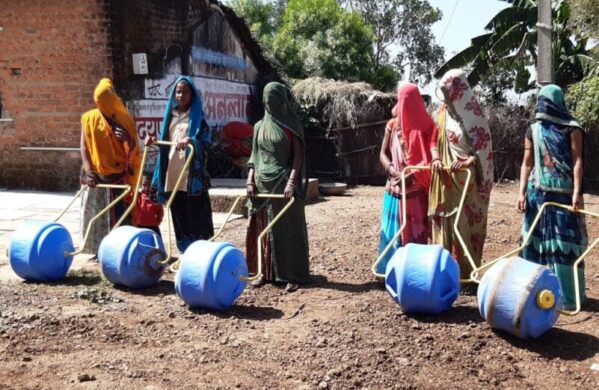
Let’s keep working to improve and continue transforming some of the communities that are most in need.





There are no comments yet